| 1. Enclosure/Chassis | The outer structure that houses all components. | Design & Material Selection: CAD design of the chassis, selection of metal or plastic. Fabrication: Laser cutting, bending, and welding to shape the enclosure. Finishing: Powder coating or painting for durability. |
| 2. Display Screen (Touchscreen) | Interactive interface for users to navigate and make payments. | Component Sourcing: High-quality LCD/LED screens sourced. Assembly: Screens are integrated into the enclosure with protective glass and touch sensors. Testing: Touch sensitivity and display clarity are tested. |
| 3. Payment Terminal/Reader | Device for processing credit/debit cards and mobile payments. | Component Sourcing: Secure payment terminals from certified vendors. Integration: Installed into the kiosk with appropriate wiring. Configuration: Secure software installation for payment processing. |
| 4. Receipt Printer | Prints receipts for transactions. | Component Sourcing: Thermal printers are acquired. Integration: Mounted within the kiosk, with paper rolls loaded. Testing: Print quality and paper feed are tested. |
| 5. Cash Acceptor/Dispenser | Accepts and dispenses cash as part of the payment process. | Component Sourcing: Cash modules from trusted suppliers. Assembly: Integrated into the kiosk with secure cash handling mechanisms. Testing: Validates acceptance and dispensing accuracy. |
| 6. Barcode/QR Code Scanner | Scans barcodes or QR codes for payment or product identification. | Component Sourcing: High-speed scanners are selected. Integration: Mounted and connected to the payment system. Testing: Scan speed and accuracy are verified. |
| 7. Power Supply | Provides the necessary power to all components. | Component Sourcing: Stable and durable power units. Wiring & Installation: Ensuring safe and efficient power distribution to all components. Testing: Power load testing is conducted. |
| 8. Motherboard/Processor | The main computing unit controlling the kiosk operations. | Component Sourcing: High-performance processors are chosen. Integration: Installed into the chassis with proper cooling systems. Testing: System performance and compatibility are checked. |
| 9. Network Module (Wi-Fi/Ethernet) | Provides connectivity for online transactions and remote management. | Component Sourcing: Reliable network modules selected. Installation: Integrated with antenna or Ethernet ports. Configuration: Network settings and security protocols are configured. |
| 10. Operating System & Software | Controls the user interface, payment processing, and kiosk functionality. | Development: Custom software development or integration of existing solutions. Installation: Software is installed and configured on the motherboard. Testing: Comprehensive testing for bugs and security. |
| 11. Security Features (Cameras, Locks) | Ensures the safety and security of transactions and the machine itself. | Component Sourcing: Secure locks, cameras, and encryption modules. Integration: Installed at key points on the kiosk. Testing: Security systems are tested for functionality and reliability. |
| 12. Ventilation/Cooling System | Maintains optimal operating temperature for internal components. | Component Sourcing: Fans or cooling systems selected. Installation: Integrated into the enclosure to ensure airflow. Testing: Thermal performance is monitored under operational conditions. |

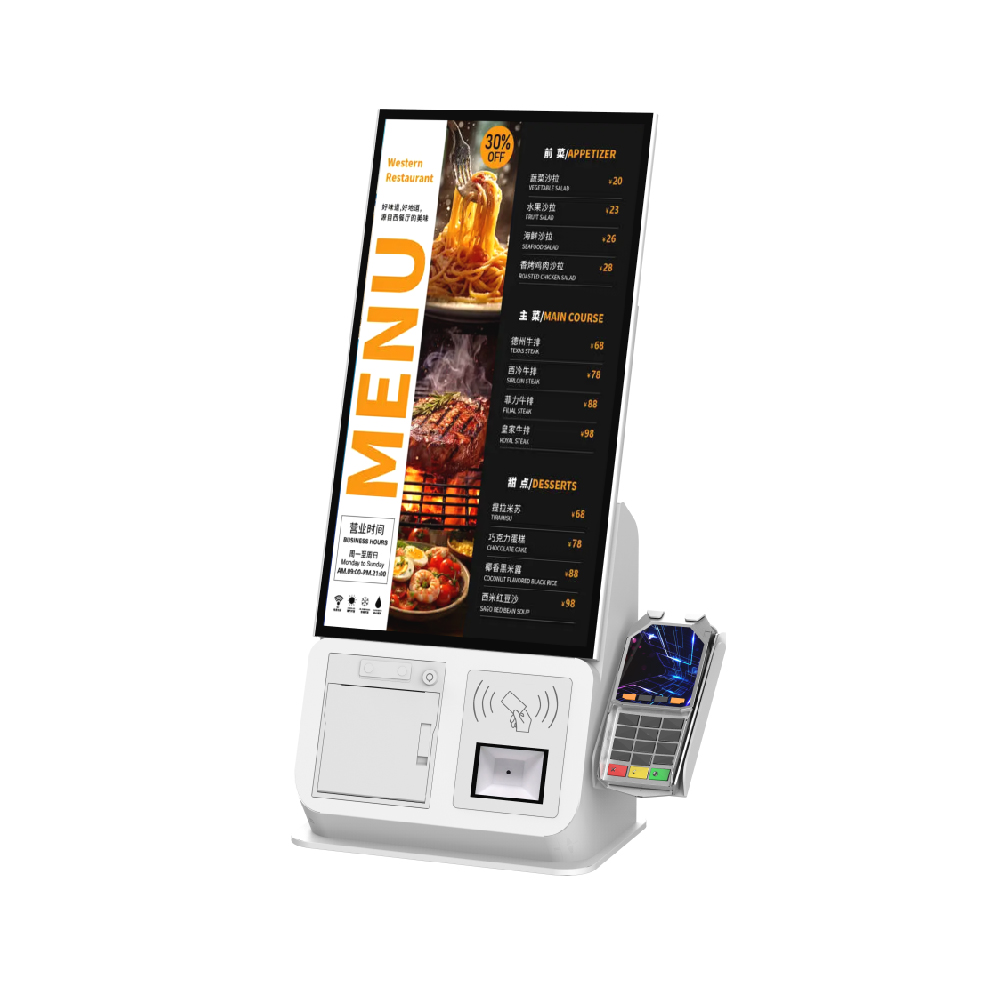
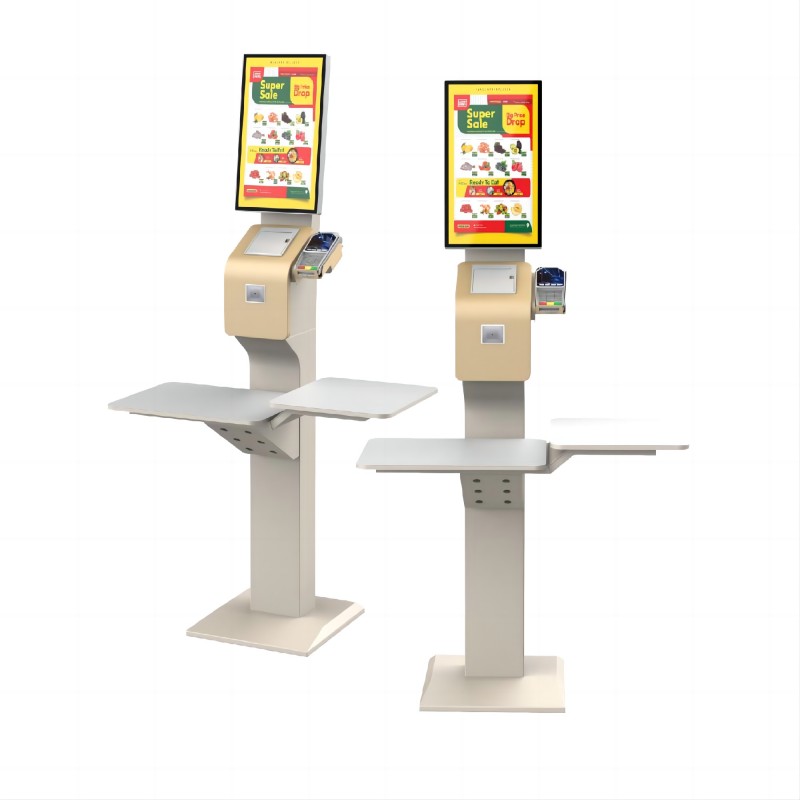
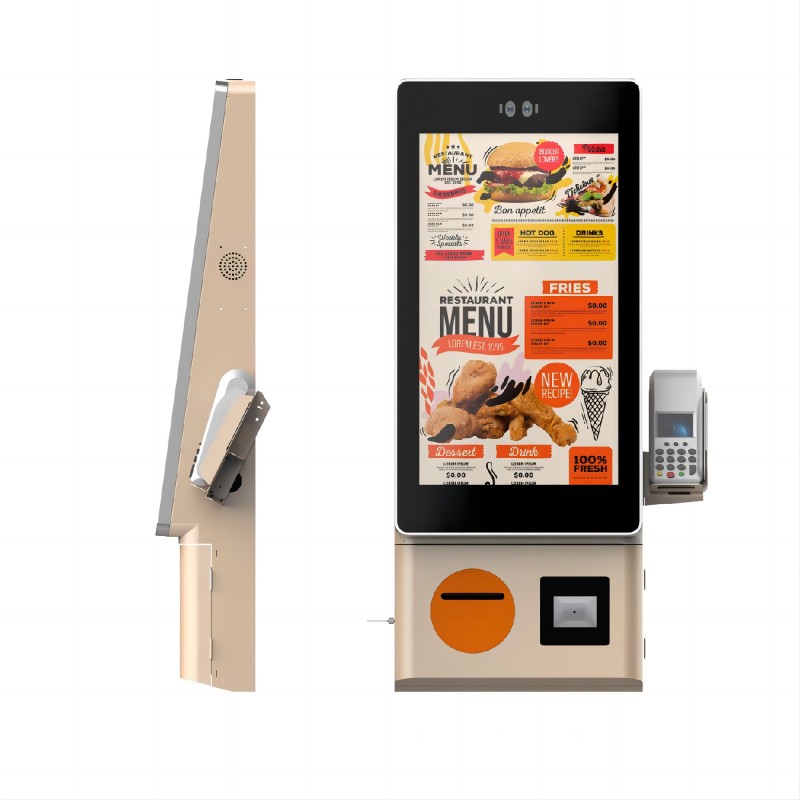
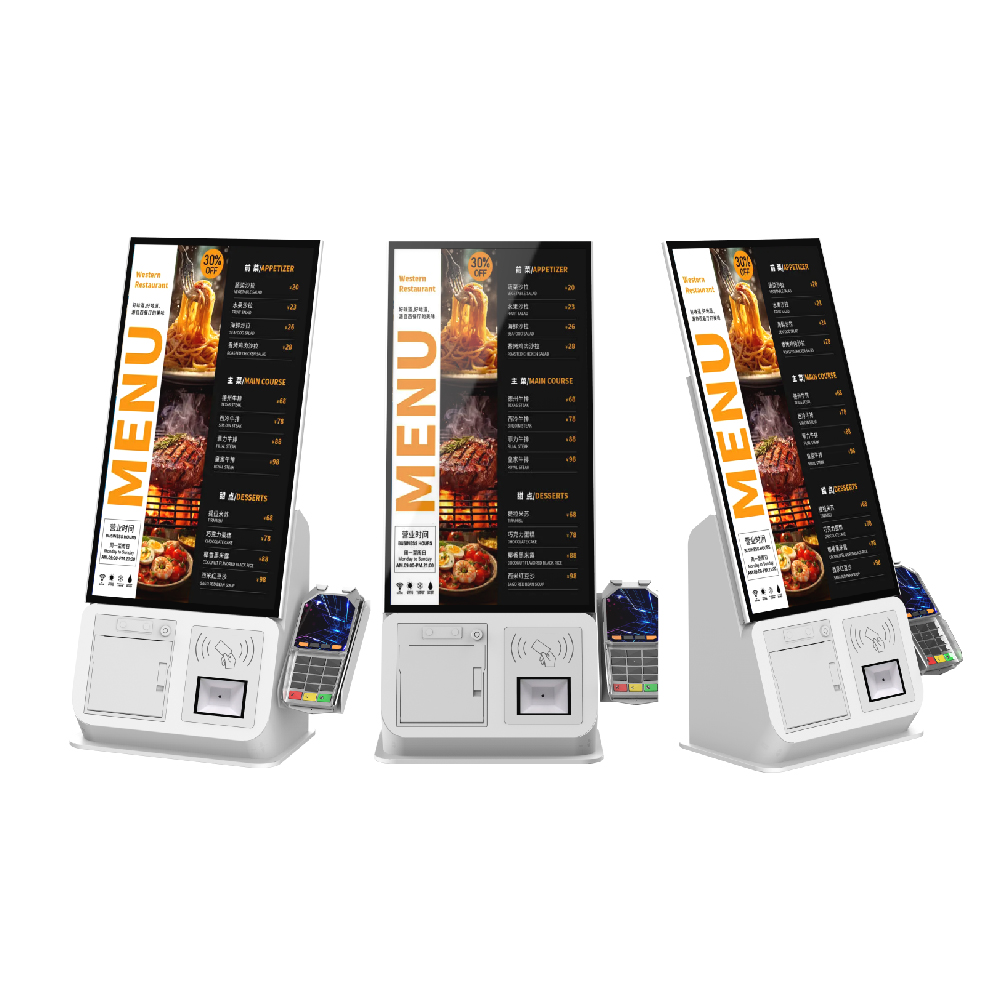
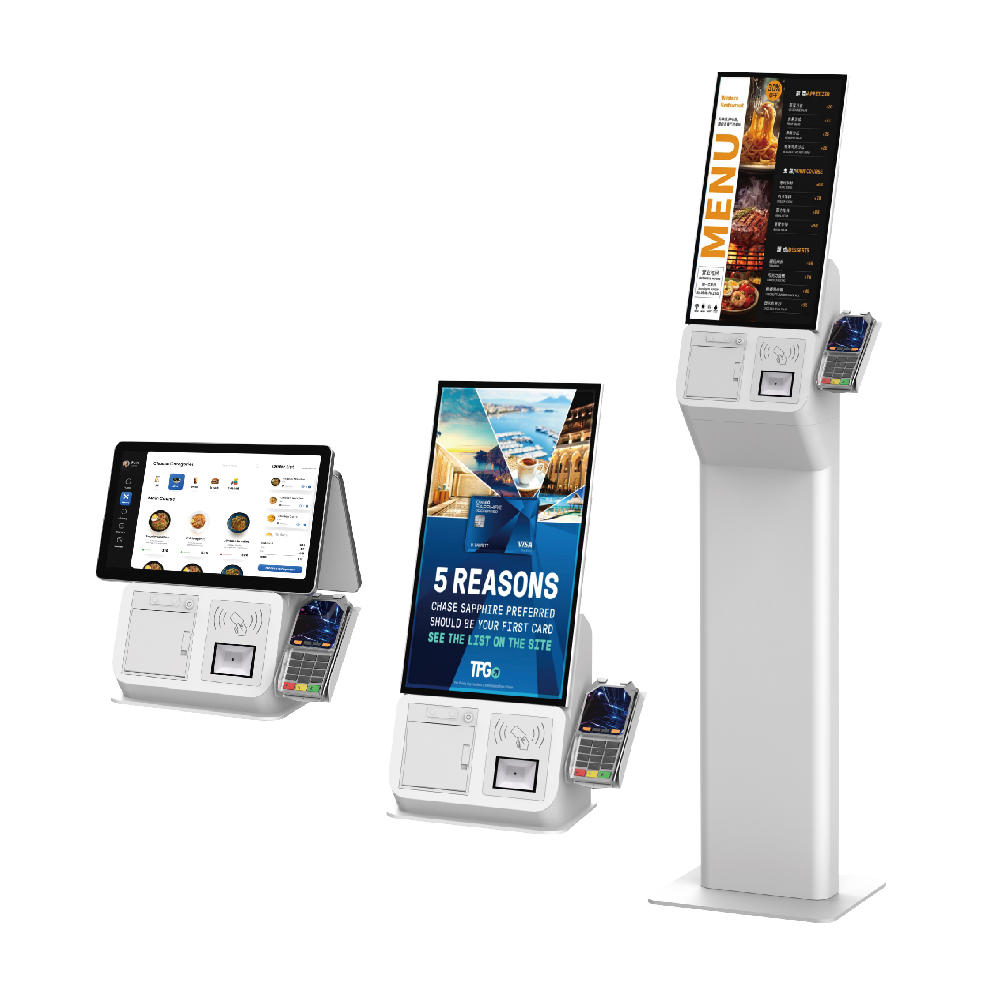
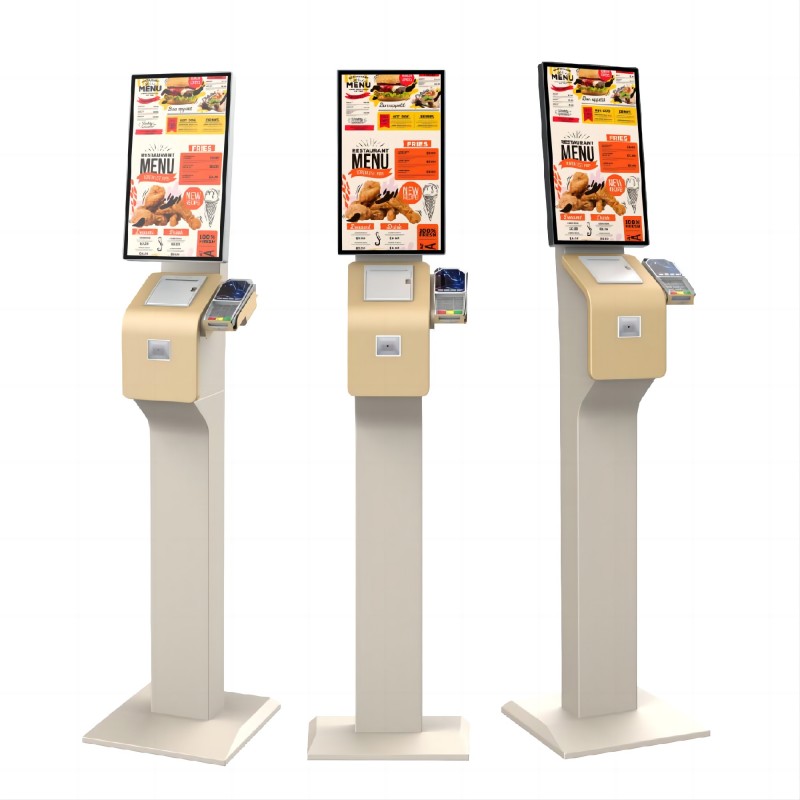
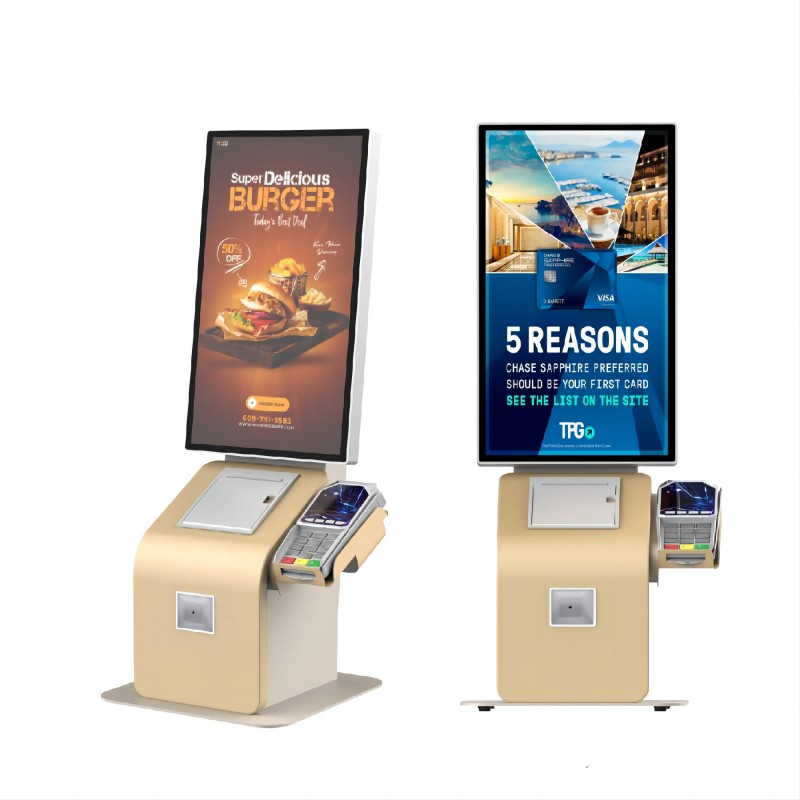
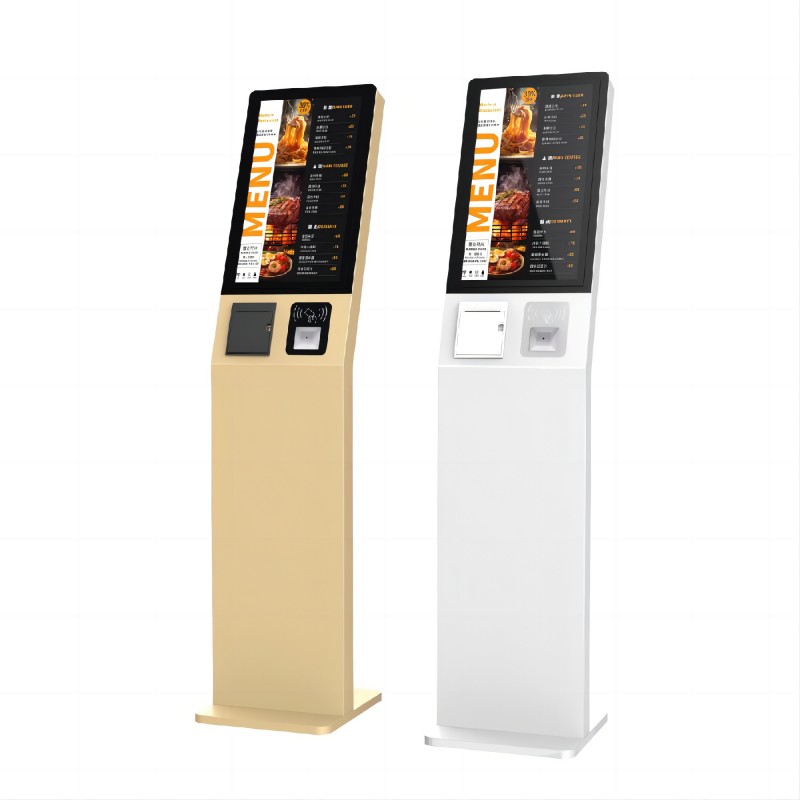
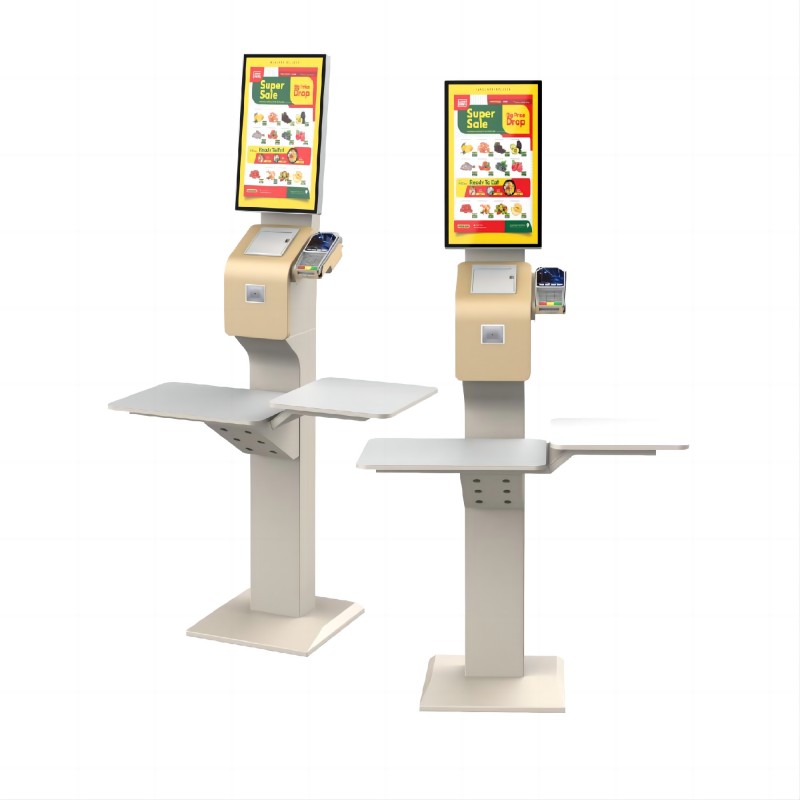
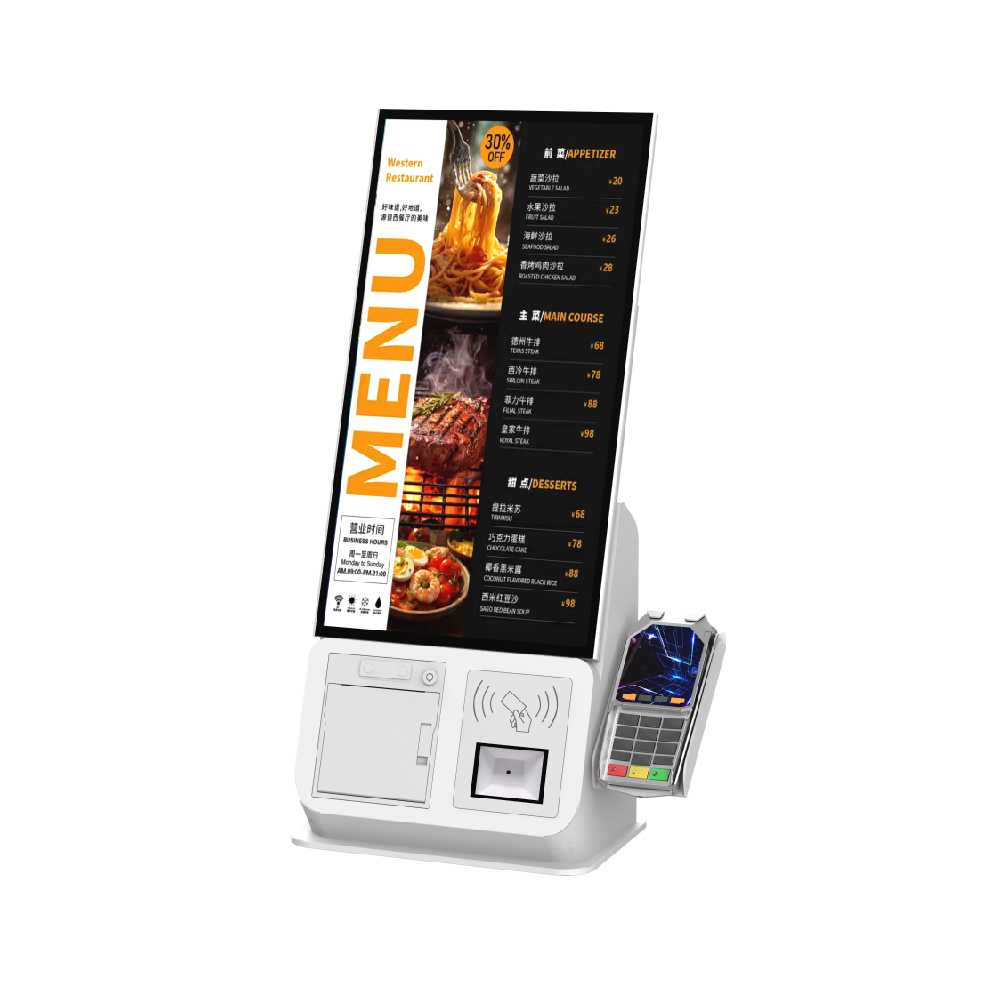
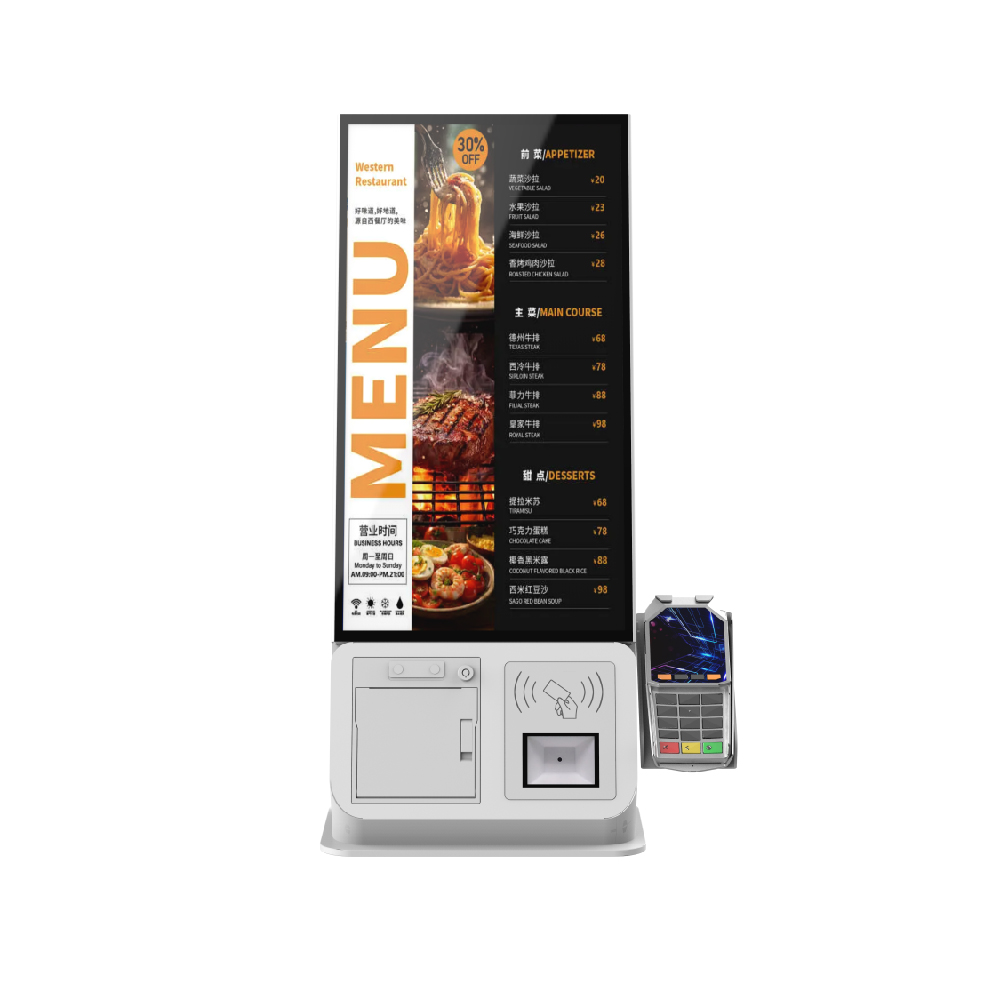
What did our happy clients say?
Extremely satisfied with our new payment kiosk machine! It’s user-friendly, fast, and has streamlined our payment process. The sleek design and reliable performance have exceeded our expectations. Highly recommend this product!
We’re thrilled with the payment kiosk machine we purchased. It’s robust, easy to use, and integrates perfectly with our existing systems. The customer support was exceptional throughout the installation. Very pleased with this investment!
The payment kiosk machine has been a game-changer for our business. Its efficient operation and modern features have significantly improved our customer experience. The installation was smooth, and the performance has been flawless. Great purchase!
Fantastic product! The payment kiosk machine is highly functional and has greatly reduced transaction times. Its customizable features and reliable performance make it a valuable asset. The support team was very helpful during setup. Highly recommend!